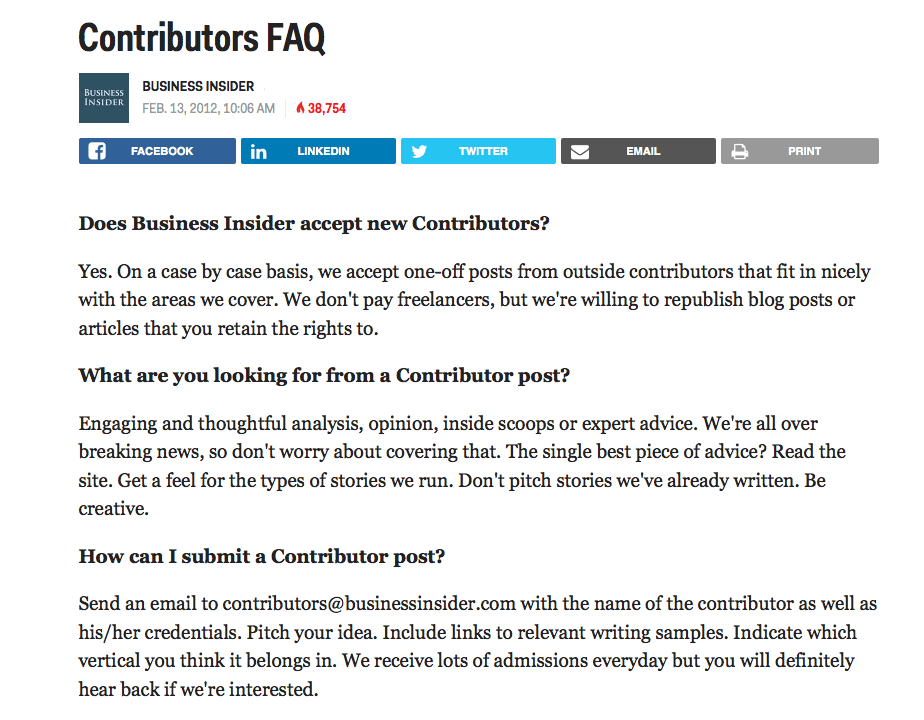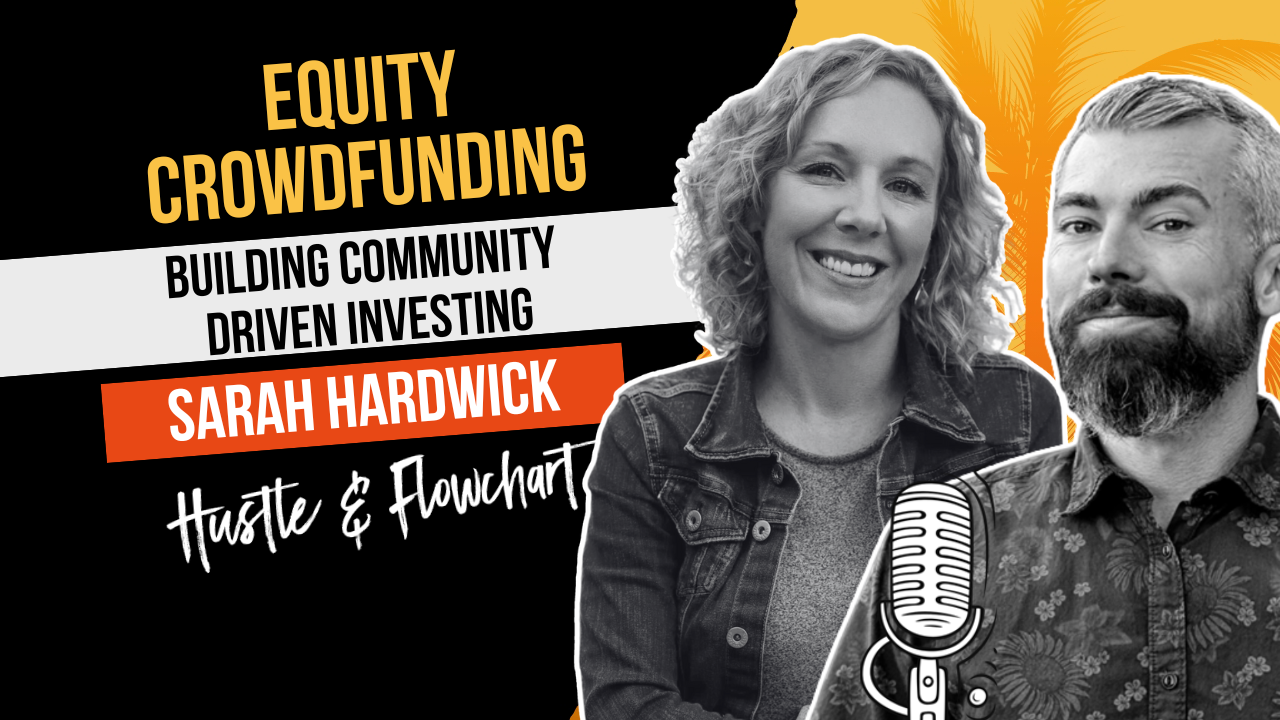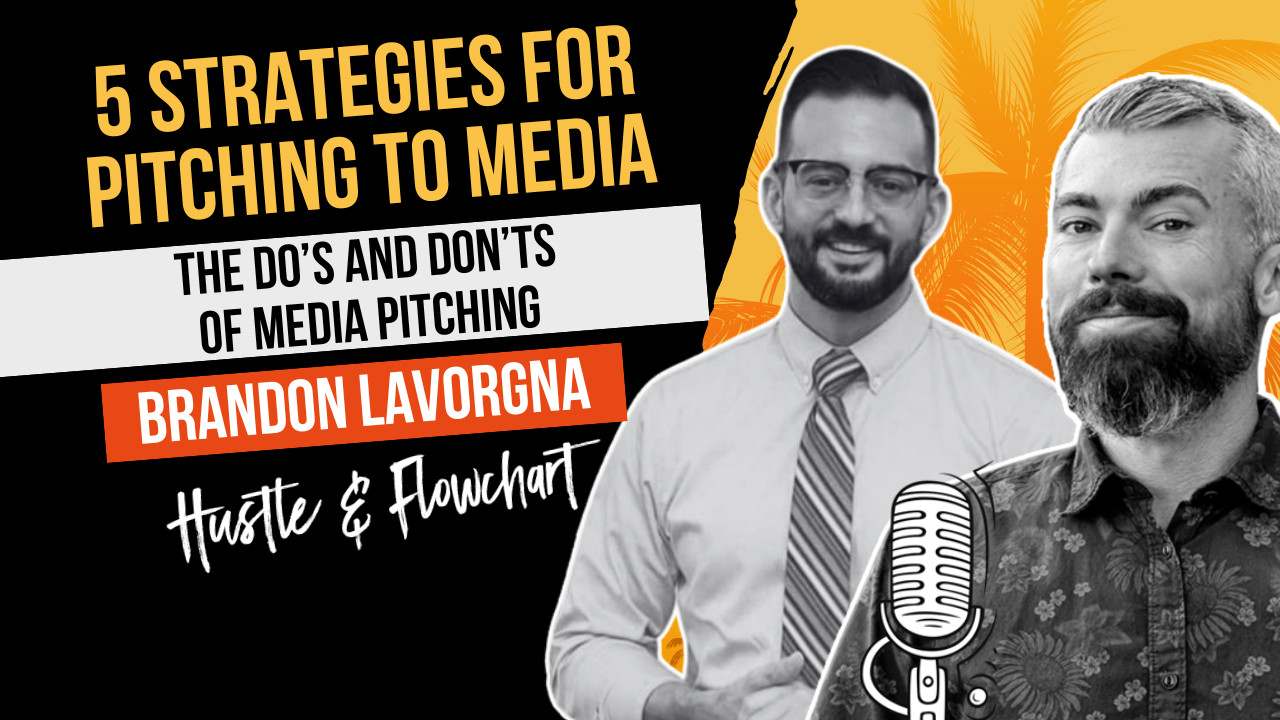The Huffington Post. Business Insider. Mashable. Inc.com. When it comes to big name resources, spanning a variety of categories, these publications are the cream of the crop.
As a writer, company owner, or marketing professional, you know one thing to be true: being featured in one or more of these sites can bring a lot of notoriety.
If you have set the goal of building a killer brand, it can’t hurt to have your work featured by these popular resources. But, of course, there are a few challenges:
- Everybody wants to be published on these sites, but there is only so much space to go around.
- It can be difficult to get in touch with the appropriate party (such as an editor).
- Strict requirements in regards to what you write.
You aren’t the type to back down from a challenge. You know that building a brand through content creation can have long-lasting and far-reaching results. And that is why you will continue to chase the goal of seeing your name on as many of these resources as possible.
Table of Contents
ToggleA 5 Step Approach
There is nothing simple about getting published on big name resources. Take a website like Business Insider, for example. With an Alexa global rank of sub-200, Business Insider attracts hundreds of thousands of visitors every day. Even though it posts thousands of articles every month, there isn’t room for everybody to get in on the action.
If you dream of breaking through, here is a five-step approach to follow:
- Compile a list of websites you want to write for. Regardless of your industry or what you are trying to accomplish, it shouldn’t take much to put together a killer list. Business to business companies, for instance, would love to be featured on Business Insider, Inc.com, Forbes, or Entrepreneur.
Tech companies often times shoot for Mashable and TechCrunch. As you make your list, remember one thing: go big or go home. It’s easy to get published on small sites that don’t get much traffic. You have probably “been there, done that.”
- Scour the website for contact information. Sticking with the Business Insider example, a quick search turns up the following information:
Not only does Business Insider accept new contributors (some publishers don’t), but it is open about sharing information on how to get in touch.
Here is the one nugget that stands out:
“We receive lots of admissions everyday but you will definitely hear back if we’re interested.”
Competition is fierce, so you don’t want to simply send an email and hope for the best. Instead, you should take the initiative. You should do something that sets your email apart from the hundreds of others.
- Find contact information for an editor. This gives you the opportunity to email the person direct, and/or connect with him or her via social media. Either way, you are making a personal introduction, which always stands out.
- Ask other writers for advice. Who are your three favorite writers for the website you are targeting? Once you answer this question, seek out each person on social media (LinkedIn is a good place to start). Send a brief note of introduction, followed by a request for advice on how to get published. You may be surprised to find that many people are willing to share an editor’s contact information or have the person in charge get in touch with you.
- Leverage your connections. Maybe you don’t know a single person at a single big name resource. That’s okay. There is a good chance that one of your connections can point you in the right direction.
You can leverage your LinkedIn connections to get introduced to the appropriate party. Or maybe you can ask a current client to put in a good word with an editor friend working for a site on your short list. (Here's a course on how to become super connected with LinkedIn)
Make it known to your connections that you are expanding your reach, hoping to be published in larger resources in the future. The more people who know your plan the better chance you have of reaching your goals.
- Put your best foot forward. If you send out enough emails, if you send out enough contact requests, you will eventually receive a response. This is when the real fun begins. You are so close you can taste it.
Here are a few words of advice:
- Answer any and all questions that are asked of you.
- Make a good first impression.
- Provide additional methods of communication, such as a phone number, social media profile, or Skype handle.
- Be concise (editors are extremely busy).
A typical response will read something like this:
Thank you for your interest in contributing to “XYZ Magazine Online.” We are impressed with your background, and would like to learn more.
Can you provide us with links to samples that would fit in with our website? Are you able to provide your own titles, or do you prefer to be assigned topics?
Please let me know if you have any additional questions. We look forward to your response.
Yes, this is generic. No, there is nothing in here about writing your first piece. You took a big step forward by simply receiving a response, but that doesn’t mean you are in the clear just yet.
Breaking down the email above, the most important thing you can do is provide targeted work samples showing your best work to date. Furthermore, make it clear that you are comfortable presenting titles as well as taking on any assigned work.
Your goal is to keep the line of communication open until you hear that one special word: yes!
- Be flexible. Can you turn your first piece in 24 hours or less? Are you open to writing on a variety of topics? Do you mind interviewing others so you can share quotes in your story?
These are the types of questions you can expect. If your answer is no, no, and no, don’t expect too many people to be receptive. Conversely, if you are open to any and all arrangements, you have a better chance of landing a gig.
Editors at big name resources have access to a variety of contributors, as well as in-house writers. Being flexible makes you more valuable.
Some Final Quick Tips & Hacks
Find the editors and contributors of your favorite publications on Twitter.
Most articles these days share Twitter information for the writers and you can typically find the names of the editors pretty quickly from a Google Search.
Follow these people on Twitter, share their posts, ask them questions. Get on their radar. Many are willing to help.
Attempt to contact them directly… The sneaky way.
Once you know the names of the editors (from a quick Google search), attempt to email them direct. Let’s say the editor of your favorite website is named Chris Smith. Attempt an email to ChrisSmith@favoritewebsite.com. You can also try variations like Chris.Smith@favoritewebsite.com andSmith.Chris@favoritewebsite.com. The worst that could happen is that you get no response and the best that can happen is that you get a direct connection to the editor.
Leverage people you know for an introduction or advice.
I know this was mentioned already, but it can’t be stressed enough. Having a connection to a contributor on a website is a great foot in the door. Even if your connection is a connection on Twitter or LinkedIn… Ask them for a referral, contact information, or even just advice to get noticed. They may have insights into topics that the publication may be needing at the moment or be in direct communication with the editor you need to talk to.
Research what’s popular right now.
Use a tool like BuzzSumo.com to find out what topics are really hot right now in your industry. Big publications want to be reporting on the trendy topics right now because they know that’s what people are searching for and sharing. Do a little research and use this information to your advantage.
Look for gaps in the publications current content.
Maybe there’s a topic that you know a lot about that is untouched on your favorite publication… Point this fact out to your contact and be the person to make sure that gap is filled on their website.
Final Word
There is no magic pill for getting published on big name resources. By following the five steps above, you will position yourself for success. At that point, all you can do is remain patient and continue to put yourself out there. Once you breakthrough, the floodgates will open. A single contribution can quickly lead to additional opportunities. You are now in demand!
Check out our conversation with Andrew O'Brien for more tips about getting yourself onto the right media outlets.











